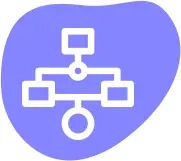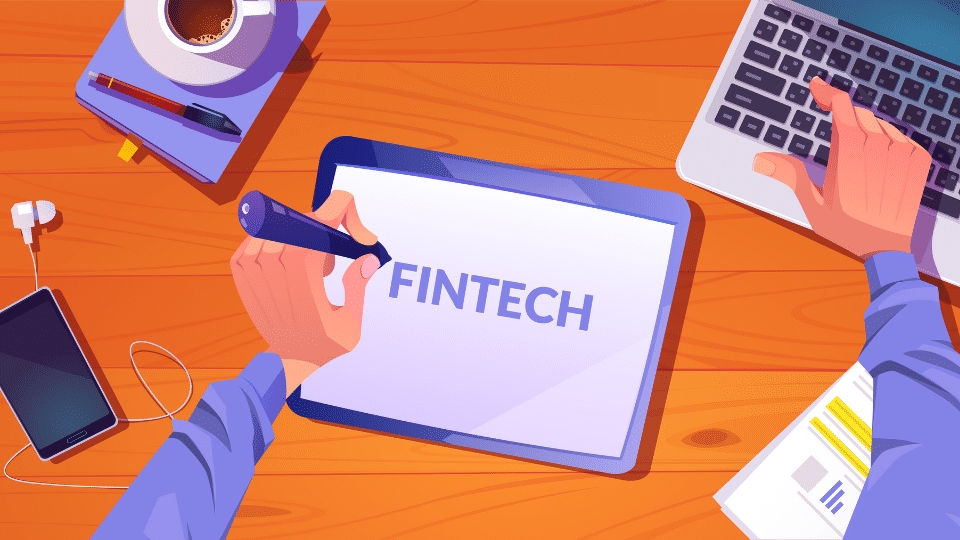Digital wallets have become the go-to solution for secure and efficient online transactions in today's digital age. As a mobile app development company, concentrated on the delivery of FinTech solutions, we may only state that we do not know. The cost of a custom mobile wallet depends on its functionalities and your business idea as a whole. Do you want your eWallet mobile app to:
- process contactless and hassle-free payments
- create virtual cards connected to a bank account
- represent wallet balances
- sync with wearable devices
- have user engagement
- process user registration through a registered mobile number or email
- transfer funds
- pay bills
- send money via QR code
- get a payment request or receive money
- display a history of previous transactions and bank account balance
- show an interactive dashboard with essential data
Do you know if:
- it is a native or cross-platform mobile app
- what technology stack you need
- it is a mobile wallet for merchants or individuals, or do you work with cryptocurrency wallet developments? The price tag for Android app development is around $15 000 to $ 25 000, while iOS app development requires investments from $18 000 to $30 000.
The price tag for the most basic Android app development is around several tens of thousands of dollars. iOS app development could be a little bit higher. If you need apps for both platforms, consider cross-platform development then.
Try our estimator to calculate the cost of eWallet software development or any other type of mobile app development based on your business idea.














































